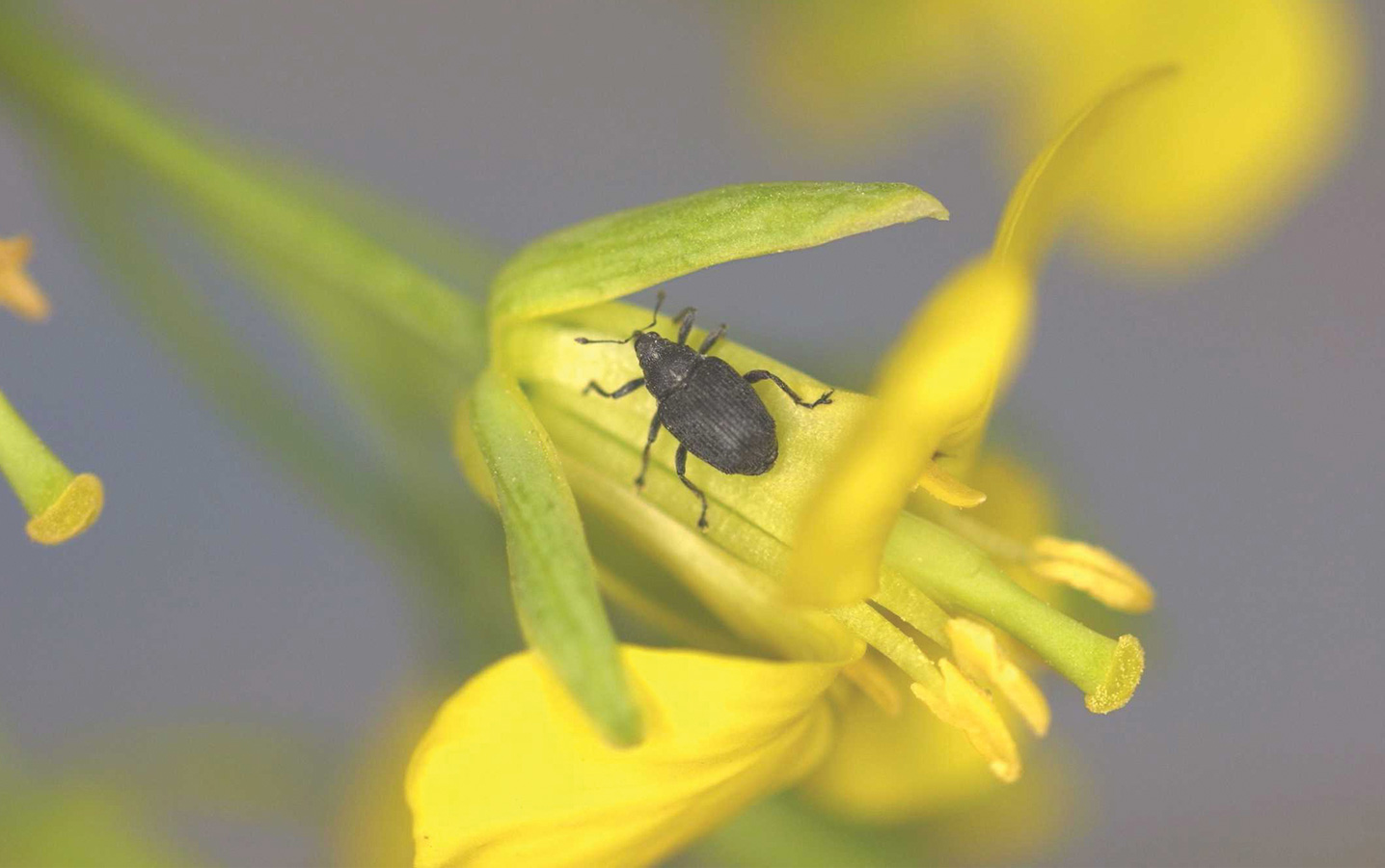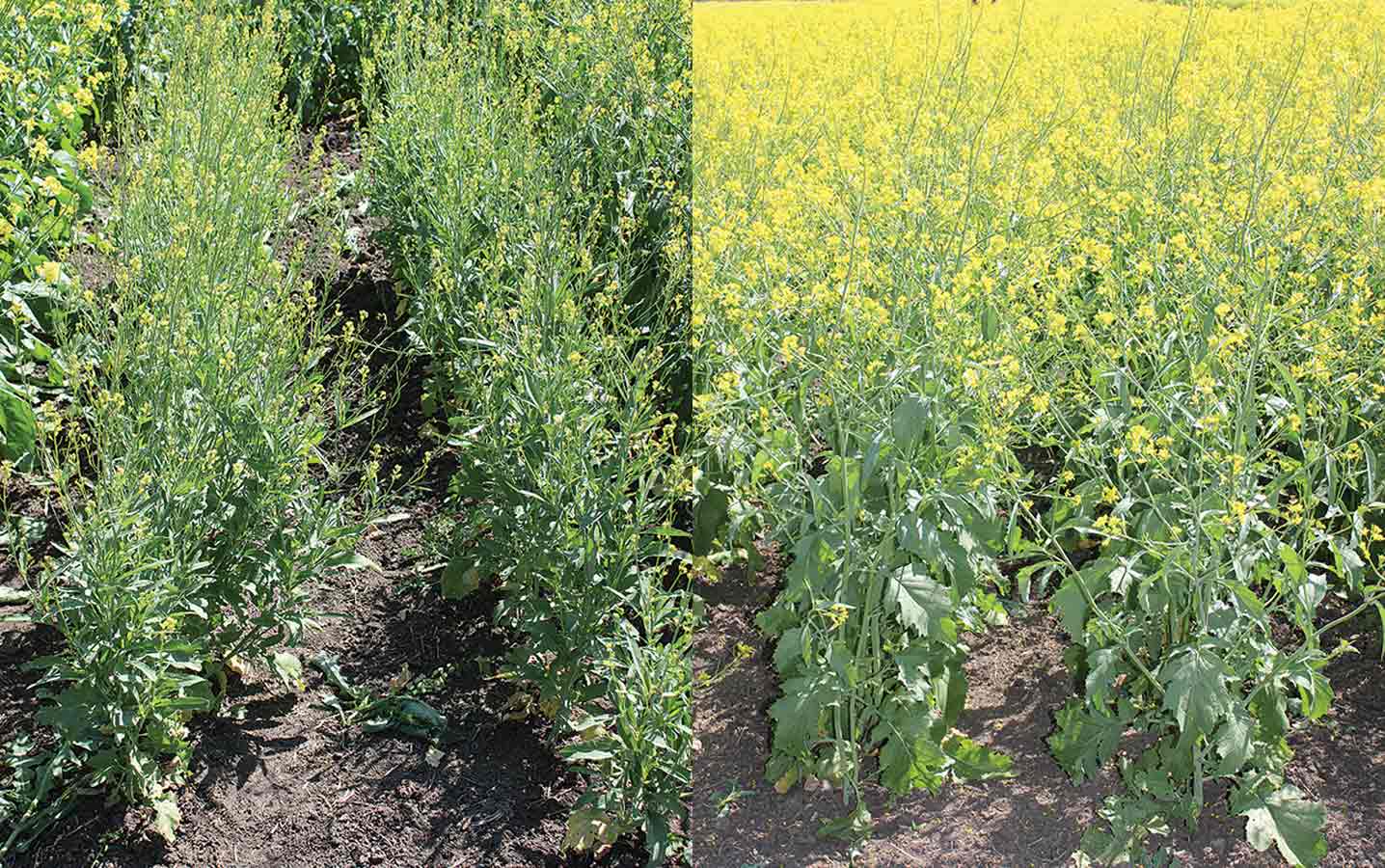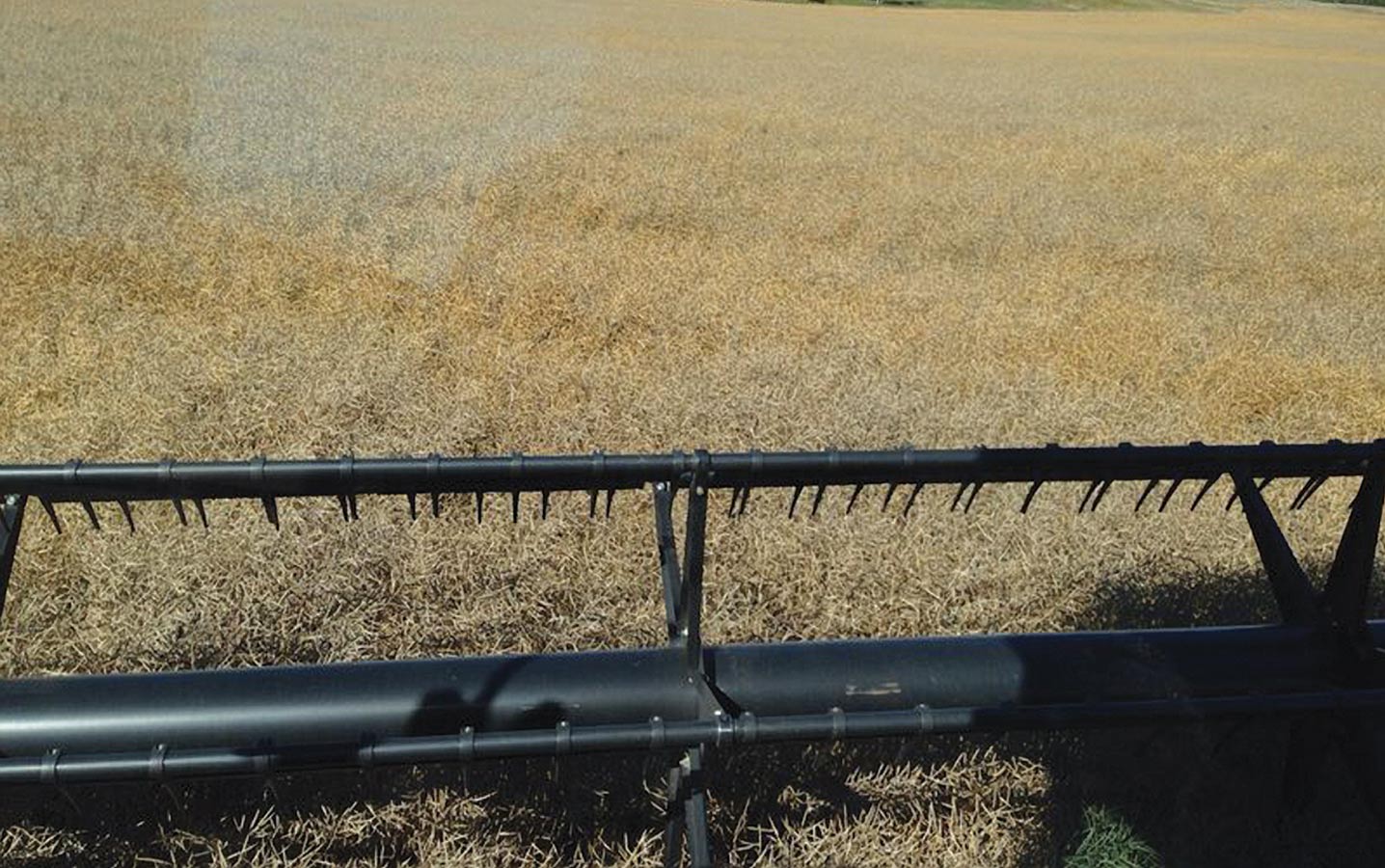
Key practice: Managing cabbage seedpod weevils (when they reach thresholds) with a single insecticide application at early flower stage can reduce pod-stage abundance of lygus bugs and may increase yield by an average of 1.5 bu./ac. Project title, Lead researcher: “Management of lygus bugs and seedpod weevil in canola at the farm level,” 2010-14, Hector...
Read More 
Key practice: The Ogura cytoplasmic male sterility (CMS) hybrid system, commonly used in B. napus, will position B. juncea breeders to produce more stress tolerant, blackleg resistant and pod shatter resistant high-yielding canola B. juncea hybrid varieties. Project title, Lead researcher: “Improving the Ogura CMS hybrid system and establishing heterotic gene pools for hybrid breeding...
Read More Key practice: A registered seed treatment with multiple fungicide active ingredients can minimize the threat of seed and seedling diseases. Seeding early, shallow and with good seed to soil contact for quick emergence also helps prevent early disease infection. Start field scouting 10 to 14 days after seeding. Key research: Hwang, S.F., Alberta Agriculture and...
Read More Key practice: Economic response to micronutrient applications is rare for canola in Western Canada. However, if growers apply recommended rates of nitrogen, phosphorus and sulphur and yields are not increasing, growers may want to check the micronutrient situation. Key research: Karamanos, R.E., Westco Fertilizers, et al. “Canola response to boron in Canadian prairie soils,” 2003,...
Read More 
Key practice: Reducing harvest losses starts with strong crop establishment, adequate fertilization, early weed control and frequent scouting. Key research: Liu, C., Agriculture and Agri-Food Canada (AAFC), et al. “Evaluation of On-Farm Crop Management Decisions on Canola Productivity.” Canadian Journal of Plant Science (2014). Watson, P.R., Alberta Research Council, et al. “Canola Harvest Management Study.”...
Read More






